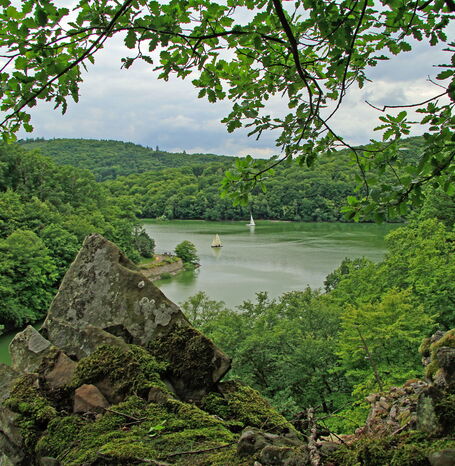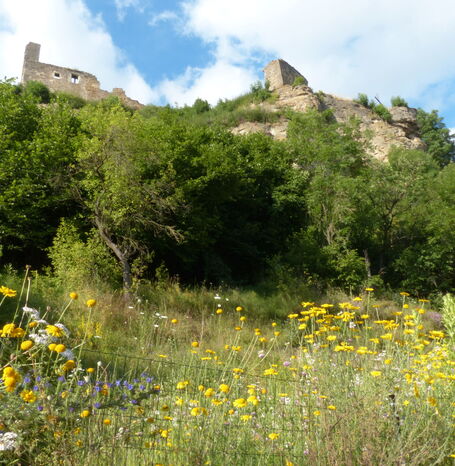The nature parks Diemelsee and Kellerwald-Edersee represent the geology of the Rhenish Slate Mountains and offer insights into geological processes of the Palaeozoic (Devonian, Carboniferous). With maximum altitudes of over 800 m, the ridges of the Rothaargebirge and Kellerwald receive more than twice as much precipitation as the rest of the Geopark area. Wind and weather shape man and nature, forest richness and targeted agricultural use of selected favorable areas characterize this austere landscape.

On the eastern edge of the Slate Mountains, Zechstein-age limestones mark a former seashore. The Korbach Fissure, which was created in these deposits, is one of the most scientifically valuable and globally significant Permian fossil sites in the northern hemisphere. Karst phenomena (dry valleys, river swales, artesian springs) on the Korbach plateau are due to the permeable Zechstein limestones in the subsurface.
The extensive red sandstone landscapes of the Burgwald and the Waldecker Tafel represent the beginning of the Earth's Middle Ages. The Burgwald itself is one of the largest contiguous forest areas in Central Europe with an extension of about 200 km². Finally, the youngest rocks are found in the northeast of the geopark with occurrences of shell limestone, Lower Jurassic, Cretaceous and Tertiary basalts. Stratified layers of shallow sedimentary strata characterize the landscape and give rise to a varied mosaic of forest, meadows and farmland. Tertiary lignite and the glacial river gravels of the Eder and Schwalm in the southeast of the Geopark round off the spectrum of the existing sediments.




